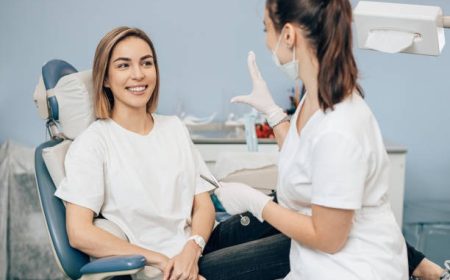Learning that your pet needs to go under the knife can be intimidating. The veterinarian will just recommend it for your pet’s best interest. Comprehending the requirement for surgical treatment can assist put your mind at ease. Understanding that your pet is in the excellent hands of a trustworthy vet team should ease your anxiety.
Post-Surgery Care
Surgery is categorized into two groups: elective and non-elective. Elective surgeries are those that can be arranged in advance. It does not mean that it is optional; rather, it can just be for conditions that are not life-threatening, like cherry eye tucks or cyst removal. The animal surgeon can further explain the scenario if the elective surgery is for major cases.
Non-elective surgical treatments are for life-threatening circumstances. These may likewise be considered emergency surgery. Such can be done for internal bleeding, fractures, or cancerous skin tumors. After the surgical procedure, there will be stitches, bandages, and pain to worry about. There are ways to allow proper and quick healing for your pet. With these, healing will be easier for your pet.
Administering Medications
Always follow your vet’s post-surgery instructions. Most of the time, the medication provided is painkillers, antibiotics, or sedatives for anxious ones. Aside from the schedule and dose of the meds, the veterinarian will likewise instruct you on administering them. You can give pets their meds with a syringe or push a pill in your pet’s mouth.
Handling or Boarding
Some pets might need to be kept in their crates. Their movement has to be limited at this time. However, if your pet wishes to cuddle, just remember to be mindful.
If you are uncertain how to manage your recovering pet, there are animal hospitals that can accept them. Medical boarding is readily available in a lot of veterinarian hospitals. This way, they can be monitored 24/7, provided medication on time, and given appropriate activities to do. If you need after-care for pet surgery in Cincinnati or nearby areas, simply do a quick search online to find the most reliable vets around.
Grooming
While your pet heals, grooming is still important. Keep your pet’s bandages dry, and get to know the wipe-down method of cleaning. Do not immerse your pet in water until the veterinarian says bathing is needed. If you feel the need, you may bring them back to the hospital to get professional groomers for help with dog or cat bathing or after-surgery grooming.
Feeding
Your pet may not have the appetite post-op; however, you may offer them a light, nutritious meal. Remember to give them something easy to digest and clean water to drink. Contact your vet if your pet can not eat after 48 hours post-op. This may indicate pain or a possible infection.
Laser Therapy for Recovery
To support recovery, you may ask your veterinarian about cold laser therapy services. This treatment promotes tissue healing by promoting cell regeneration and increasing blood circulation. It penetrates deeper tissue and can enhance the body’s immune system, minimize swelling, promote collagen production, and more.
The Takeaway
Most pet surgeries take about two weeks to heal. During this time, gentle activities and touch are essential. Always follow your vet’s directions, and do not skip the follow-up visits to the veterinarian. Let your pet heal beautifully with these ideas, and seek expert help if necessary.








